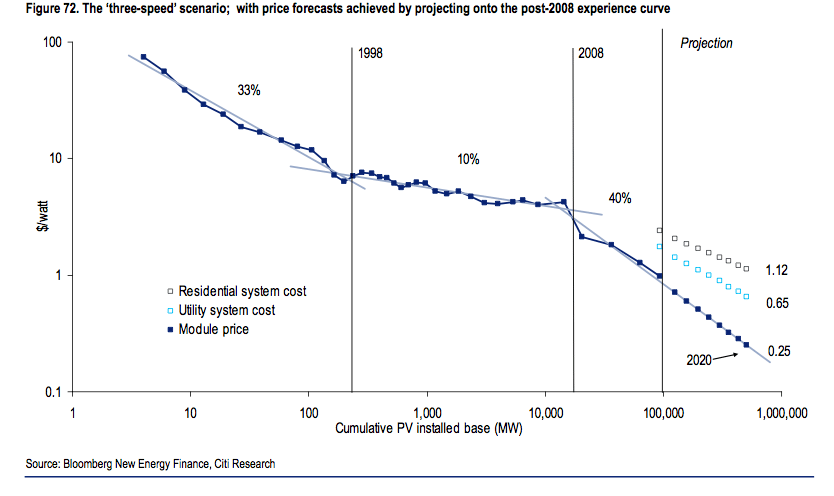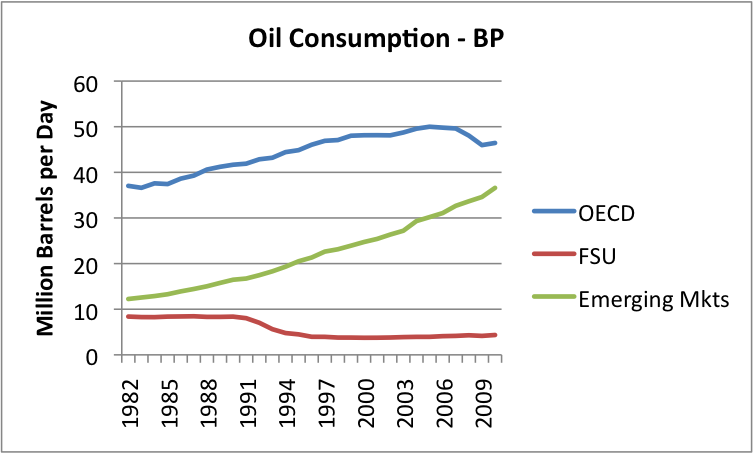onelostsoul
New Member
I have been lurking here just as a way to educate myself. Thank you all for providing all this wealth of information for us laymen.
I live in an old house in New Hampshire which is heated with methods and equipment more suitable to the 1960s than to the 2010s. The primary heat system is an oil-fired Peerless cast iron boiler (rated at 140K BRU). DHW hangs off it stored in a 40 gallon tank. There are three high-temp zones (baseboard) and two lower-temp zones (radiant). The house is complicated. It has two parts. First part consists of main floor with two rooms and a bathroom. There are three small bedrooms up top and a bathroom and a finished basement underneath. The basement has a small studio apartment, a bathroom and the utility room housing the before mentioned Peerles cast-beast. The construction is old 2x4 walls. The cavities are bat insulated where I have remodeled (about half the main floor and the attic) and acorn shells and dead squirrels in the rest of the wall. The windows everywhere are new - double or triple glazed. Second part of the house (the east wing of the palace) used to be a barn that was converted at some point into living space. There is a two story tall (with a loft) main floor and a second walk out basement - finished containing an office. The wall cavity is well insulated (I had foam sprayed in from the inside two years ago) but there is massive fenestration. Double pane mostly but of older vintage. Multiple stairs all over the place. 7 exterior doors - this kind of thing. A total of about 3300 square feet of conditioned space.
I also have two wood stoves which I can crank at will (and did a lot this winter) that can heat everything except the basement spaces.
This winter was harsh in the North East and prompted me into action. I burned through a lot of oil despite running the woodstoves a lot. About 5500 dollars worth of it plus about 3 cords of wood. I am now contemplating an overhaul of the heating system.
The stand-by losses of the boiler are horrendous. The utility room is always very hot. There is a lot of short-cycling going on during the winter. Plus - it is all or nothing.
Solar is out due to the shading from the forest on the south side.
I have been looking at geo-thermal water to water systems. I do not have a well and will have to have a driller put in a couple of vertical bores. The cost of this alone (for a 5-ton system) is going to be about 15K (based on a couple of bids I have in hand). And it piles up from there. The cost of the whole system will probably come in at 20K+ after the rebates.
Cheaper option (about third of the cost of the geothermal) would be replacing the peerless with something more efficient (like the 60K Triangle Tube propane boiler). THis will probably eliminate the stand-by losses and tighten up efficiency but then in March propane was the most expensive fuel to heat your house with in the North East. We do not have natural gas here which is significantly cheaper.
Alternatively - an air-to-water heat pump - either the mitsubishi or the fujitsu. However these shut down at -15 F. I can run the wood-stoves but it is a problem if I am away from the house for a couple of days. This is a problem in NH.
Or - probably the cheapest fix - is to leave the peerless in place and install a hybrid electrical DHW heater. This will allow me to shut down the boiler in the summer and have the DWH recapture the stand-by loss during the heating season. I am leaning towards the Airgenerate 66 gallon model. (It is quieter than the competition and this is important since it will be somewhat closer to a sleeping space). Cost of electricity is high - about 15 c/ kWh.
Thoughts?
I live in an old house in New Hampshire which is heated with methods and equipment more suitable to the 1960s than to the 2010s. The primary heat system is an oil-fired Peerless cast iron boiler (rated at 140K BRU). DHW hangs off it stored in a 40 gallon tank. There are three high-temp zones (baseboard) and two lower-temp zones (radiant). The house is complicated. It has two parts. First part consists of main floor with two rooms and a bathroom. There are three small bedrooms up top and a bathroom and a finished basement underneath. The basement has a small studio apartment, a bathroom and the utility room housing the before mentioned Peerles cast-beast. The construction is old 2x4 walls. The cavities are bat insulated where I have remodeled (about half the main floor and the attic) and acorn shells and dead squirrels in the rest of the wall. The windows everywhere are new - double or triple glazed. Second part of the house (the east wing of the palace) used to be a barn that was converted at some point into living space. There is a two story tall (with a loft) main floor and a second walk out basement - finished containing an office. The wall cavity is well insulated (I had foam sprayed in from the inside two years ago) but there is massive fenestration. Double pane mostly but of older vintage. Multiple stairs all over the place. 7 exterior doors - this kind of thing. A total of about 3300 square feet of conditioned space.
I also have two wood stoves which I can crank at will (and did a lot this winter) that can heat everything except the basement spaces.
This winter was harsh in the North East and prompted me into action. I burned through a lot of oil despite running the woodstoves a lot. About 5500 dollars worth of it plus about 3 cords of wood. I am now contemplating an overhaul of the heating system.
The stand-by losses of the boiler are horrendous. The utility room is always very hot. There is a lot of short-cycling going on during the winter. Plus - it is all or nothing.
Solar is out due to the shading from the forest on the south side.
I have been looking at geo-thermal water to water systems. I do not have a well and will have to have a driller put in a couple of vertical bores. The cost of this alone (for a 5-ton system) is going to be about 15K (based on a couple of bids I have in hand). And it piles up from there. The cost of the whole system will probably come in at 20K+ after the rebates.
Cheaper option (about third of the cost of the geothermal) would be replacing the peerless with something more efficient (like the 60K Triangle Tube propane boiler). THis will probably eliminate the stand-by losses and tighten up efficiency but then in March propane was the most expensive fuel to heat your house with in the North East. We do not have natural gas here which is significantly cheaper.
Alternatively - an air-to-water heat pump - either the mitsubishi or the fujitsu. However these shut down at -15 F. I can run the wood-stoves but it is a problem if I am away from the house for a couple of days. This is a problem in NH.
Or - probably the cheapest fix - is to leave the peerless in place and install a hybrid electrical DHW heater. This will allow me to shut down the boiler in the summer and have the DWH recapture the stand-by loss during the heating season. I am leaning towards the Airgenerate 66 gallon model. (It is quieter than the competition and this is important since it will be somewhat closer to a sleeping space). Cost of electricity is high - about 15 c/ kWh.
Thoughts?




